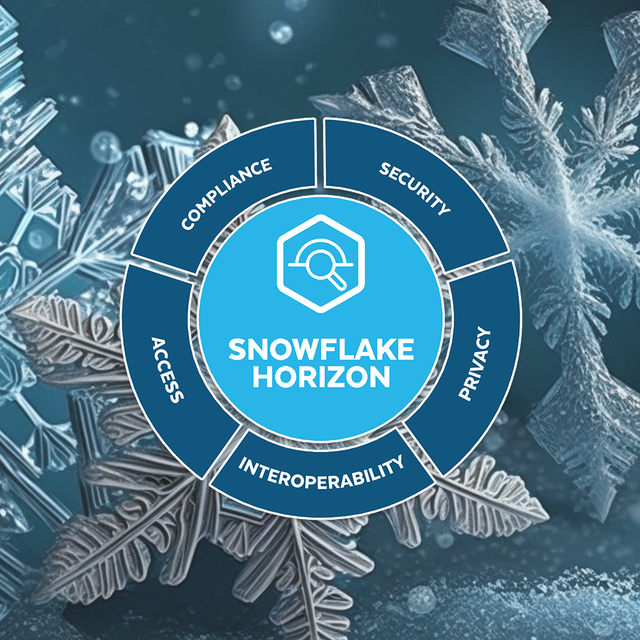
The Data Governance Institute defines data governance as “…a system of decision rights and accountabilities for information-related processes, executed according to agreed-upon models which describe who can take what actions with what information, and when, under what circumstances, using what methods.”
This definition provides an excellent set of signposts to the challenges of data governance, when the pre-requisites for implementing it are considered. How are the “decision rights and accountabilities” to be allocated? Who will agree the “agreed-upon models”? And are they the same as those who should agree them? All this before attempting the much more arduous process of establishing the who, what and when variables of the second half of the definition.
In order to create an effective data governance function, therefore, the fundamental questions that need to be answered at the outset are:
• What data do we need?
• What data do we have?
• Is the data that we have fit for purpose?
• What obligations are we under through having this data?
• Who, within the organisation, is qualified to answer these questions?
By recording the organisation’s “Current State” data landscape in Solidatus, the answers to Questions 1 and 2 immediately become clear: unnecessary manual entry (or, worse still, re-entry) processes are spotlighted; siloed data stores can be easily spotted, costly vendor data usage can be rationalised and optimised while ensuring that contract terms are observed, avoiding expensive surcharges or litigation.
Through fully documented lineage certainty of appropriate data origination can be obtained, confirming that only strategic data sources are being used, reducing, or eliminating time-consuming reconciliations and empowering system owners to enforce service level agreements from data providers, ensuring that the data they receive is fit for purpose.
Designed to deliver early success and sustainable data governance, Solidatus is the only tool on the market that enables true organisation-wide understanding and control of data with its ground-breaking lineage-first approach. Its lineage models provide absolute clarity over where data resides and by whom it may be used. This allows automated access control systems to operate with unprecedented levels of reliability, ensuring that all applicable privacy legislation is respected and minimising administrative overheads in providing regulatory reports and discharging data subject access requests.
In the data-centric enterprise, data governance is everyone’s responsibility: by understanding the data ecosystem through the unique insights provided by Solidatus visualisations, areas of individual responsibility can be seamlessly united into enterprise-wide data governance maintained by the subject matter experts who best understand the data and who are, therefore, best placed to ensure its use for the maximum advantage of the whole organisation. In so doing, common practical challenges that often lead to wasted resources and budget resulting in no increase in organisational data maturity or ROI can be avoided. Better business decisions can be made by harnessing the value of trusted data that is easy to find. Go beyond basic governance by adding data dimensions including data quality, ownership, sourcing, privacy and authority – all visualised in context – and demonstrate control through both a business and IT lens.








